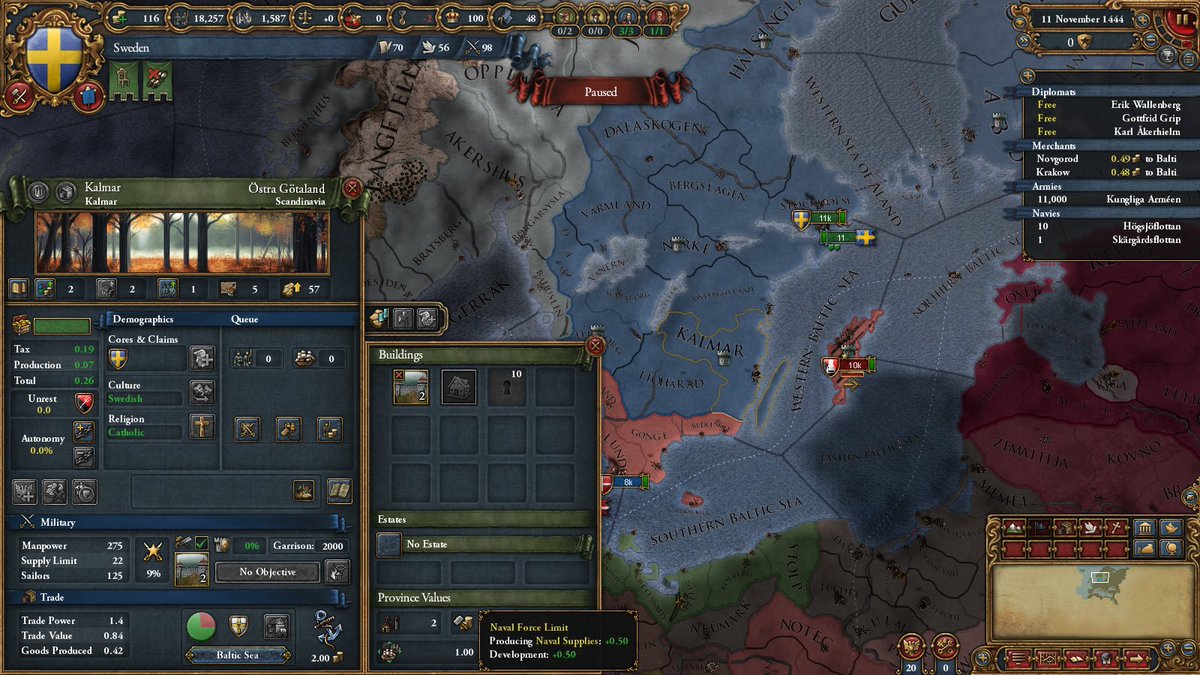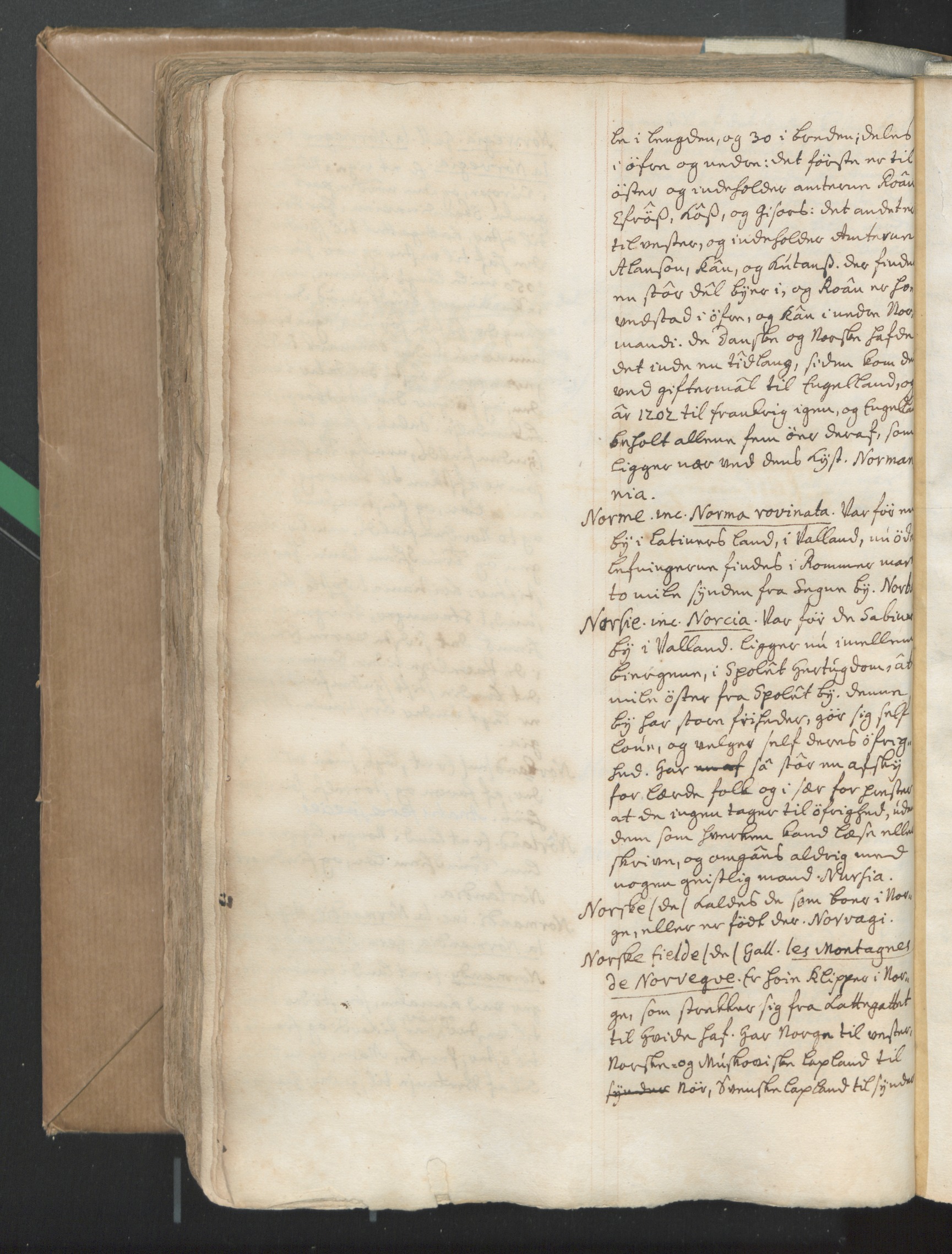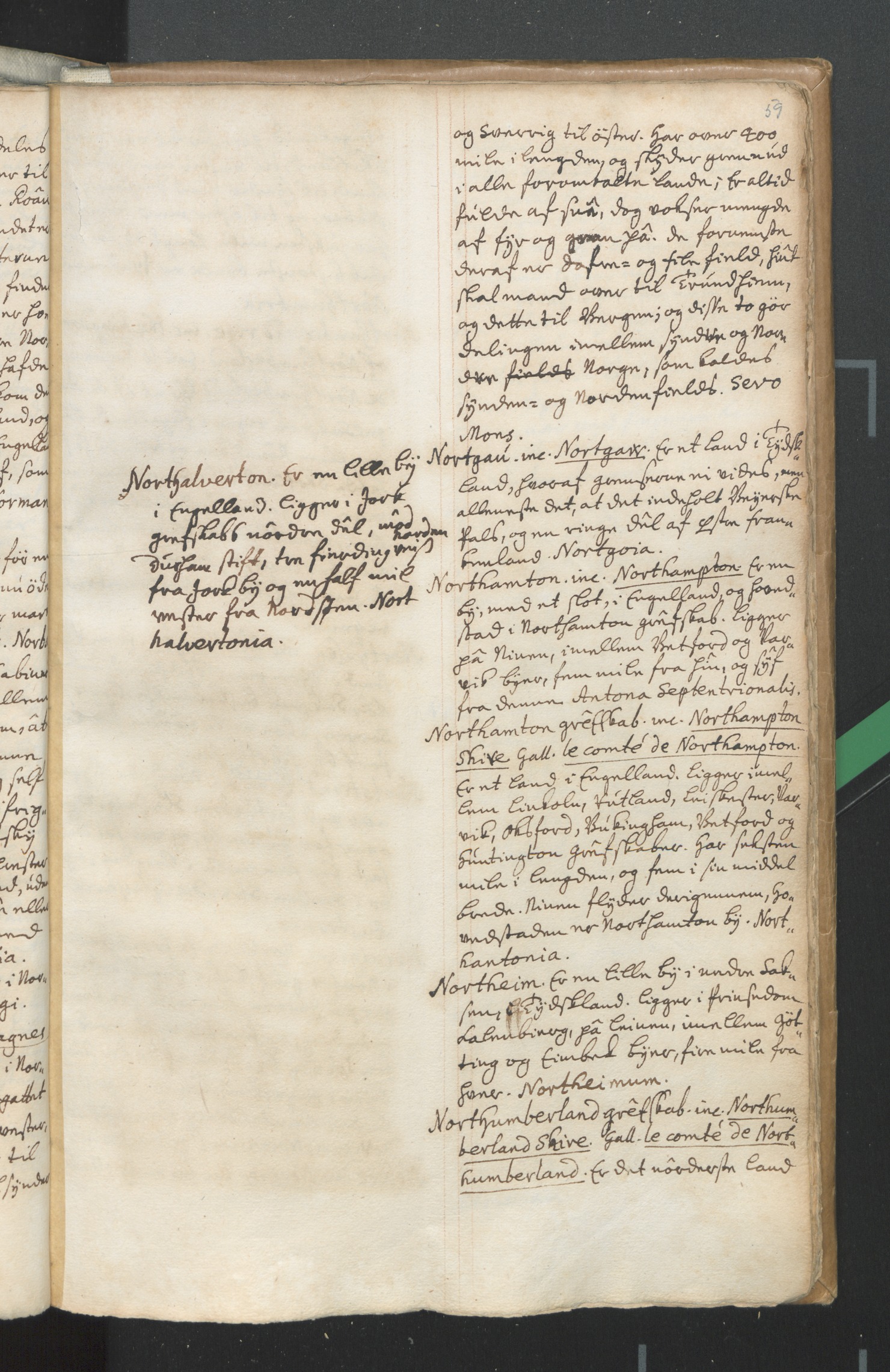I think I'm just not communicating this very well, but the region my province figure is one province higher than yours is that the population data I found for Danish Jutland included Fyn, so I was including that in the province tally as well. You are right in that Danish Jutland itself would be 4.5 provinces, but since the data I had was drawn directly from the Danish regions, and for some reason whoever drew those regions up lumped Fyn with southern Jutland, I included Fyn as well. Does that make more sense? Sorry.
Now I understood you. And that region is a bit stupidly made, but so are a few of the others. It's the natural result of wanting to reduce the 14 top level divisions to 5 top level divisions.
Anyway there are detailed population data publicly available so it wouldn't be hard at all to find the exact population of Danish Jutland (though without access to the databases you'll have to make due with what was the exact count last January 1st, since the exact number is only published once a year). Though I don't know if those data are available in English.
I don't know. Sometimes I feel that northern Europe gets way too much focus and attention in Paradox games. That's probably why I'm just a bit jaded about even more attention being paid to a region in northern Europe when there's still so much work to be done elsewhere. You make really good points about Denmark's balance against Sweden, but I still feel a bit put out that whole countries are still missing from the map while one country is getting a fish market event chain.
I think it's a combination of three things. Firstly Northern Europe ended up being one of the most influential parts of the World. If you want the HRE in you naturally will need to have a bazillion provinces. And thirdly Paradox are Swedish and hence they'll have some kind of tendency (conscious or not) to make Sweden and surrounding parts more detailed. Similarly for why Sweden has loads of events. Many of those are things the devs knew about already from their school years.
Though Albania did get split; and that looks good.
Aye, Ringkøbing, Holstebro and Varde seems like fitting possibilities. I am only affraid that they do the same as in Vic2, and make it Esbjerg. Lemvig is also a possibility.
Esbjerg would be really really really really really really horrible indeed. I can see the reasoning for it in Vicky due to it being a pet project in that time frame, but for the EU4 time or earlier it's anachronistic as hell. It plain and simply did not exist. Esbjerg is the result of the disastrous 1864 war. Before that the area where Esbjerg later was built was farmland with small hamlets. What happened was that with the loss of Slesvig and Holstein the important harbours of Altona and Tønning were lost and a replacement was needed due to the important trade with the UK. Hence Esbjerg Harbour was built to make a replacement for the lost harbours and the city grew around the harbour due to the large trade volumes with Britain. No 1864 and no Esbjerg, since there'd be absolutely no reason for politicians to have the harbour and hence the city founded.
Ribe, from what I can see on the map, should be located in the province of Slesvig, no?
Ribe's in Sønderjylland/Slesvig, yes.
I see Johan posted the development of Denmark, Norway, and Sweden. Meaning Bergen didn't recieve the development boost it deserves. After all it was a bigger city than Copenhagen and Stockholm, yet it doesn't show in the game at all. Anyway, playing as Norway should be challenging, it's more fun that way.
However, how will the scaling liberty desire play out for Norway players I wonder.

Norway does get 13 extra dev. How do you know that none of them goes to Bergenhus? (And the Sjælland and Stockholm provinces don't just portray the cities of Copenhagen and Stockholm, so naturally those provinces have way higher development than the cities themselves warrant; no idea how rich the surrounding areas of Bergen were. If only the city itself was rich, but the surrounding areas poor then that'd explain the dfiference.)
And the dev update is really great. Sweden gets 8 to 119; Denmark 22 to 128; and Norway 13 to 84. That means that Denmark, as historically, starts out a bit stronger than Sweden. The loss of Skåne will then make Sweden much stronger than Denmark, as historically. And a Skåneless Denmark together with Norway will approximately equal Sweden as historically. So that seems really great.
Ribe was right on the border with Schleswig, but it wasn't in Schleswig.
That's bollocks and you know it. That map shows the duchy---i.e. the administrative split. Not the cultural, influential, or geographical split.
Or do you also claim that the enclaves, i.e. among other areas the area west of Tønder, was not part of Slesvig/Sønderjylland...?
From what I can see on that map (and from what I know), Ribe was geographically, but not administratively, a part of Slesvig. Also, if you look at the screenshot from the new map, it does look like the border between Vestjylland and Slesvig goes north of Ribe.
It's an administrative map yes; that legend states so too. Geographically Ribe is firmly in Sønderjylland. And much of its trade and influence was with other areas of Slesvig and not with Vestjylland. Putting it as the capital of Vestjylland would be completely ridiculous. (Yes I'm aware that the diocese covered Vestjylland, but it also covered a large chunk of Slesvig, so we can't use that for anything.)
And the province border indeed appears to go north of Ribe too---as it should.
So splitting Slesvig to make Ribe face west and Slesvig face east would help Denmark a bit more if it succesfully absorbs the Duchy of Slesvig. Also giving Bergen more development would help Norway compete a bit more.
On what grounds do you think splitting Slesvig east west would make sense? And how would you go about the marshes of the eastern half which especially in the southern parts are pretty impassable for an army? There's a reason that Dannevirke (the wall/dyke built across Jutland to guard Denmark) stops at the marshes.
In my opinion there's only one way you can split Slesvig---and it's not pretty. It's to include the tag of Slesvig--Holstein--Gottorp. But I'm interested in hearing your argument for why an east west split is reasonable.
the population distribution of the world would look really goofy by 1820.
Not necessarily. Add in realistic diseases and epidemics, food supply/starvation, people dying in droves from was (something like a third of HRE's population died in the 30 years war for instance), and all the other things culling people historically and you'd get plausible population distributions. You'll also need some mechanic for how areas like India had population rise with development instead of improving living conditions for the majority of people.
Though it most certainly would slow down the game significantly, which is the main reason that it shouldn't be in game.
Alas some liberties must be taken in the name of clickability

I am sure you can find worse offenders (patch 1.19 will for instance also see Listerlandet anachronistically moved to Skåne).
Clickability is indeed important. Though you did a good job at the southern border of Slesvig. Despite it being too far to the north and being noticed immediately by Danes and probably Germans too, it does have the correct shape. Which does give immersion. Sure it's a bit too far to the north and Ejdersted, Rendsborg, and Svans aren't included in it, but it border wise looks historical, which is important.
Also Listerlandet was part of Skåne until Christian IV had it transferred to Blekinge in the early 1600s. So it being part of Gønge in 1444 is actually historical and not anachronistic at all. Another example of land transfer during the time period is Hven which until around 1650 was part of Sjælland, but then was moved to Skåne and thereby lost when Skåneland was lost a few years later. Så it actually should be part of Sjælland and not Lund/Malmøhus---if it's included on the map that is, which I severely doubt.
Also could you please tell me what the current name for that new wasteland close to Oslo is called? From screenshots it appears that it's name was changed from Jotunheimen to Langfjella. That seems good, since afaik Jotunheimen wasn't given to it until after the game period. But I have no idea whether Langfjella was what was used historically. And it does look suspiciously Swedish---and given how many other sea zones/wastelands/provinces have Swedish (base)names (e.g. Øresund which anachronistically is called Öresun in game...) it's quite likely it's Swedish and not what the local dialects called it.
@Carmilla,
@JohnKjeken,
@Nikolai as the first three Norwegians I could think of is Langfjella then the historically correct name for Jotunheimen or is it actually Swedish like I suspect?














